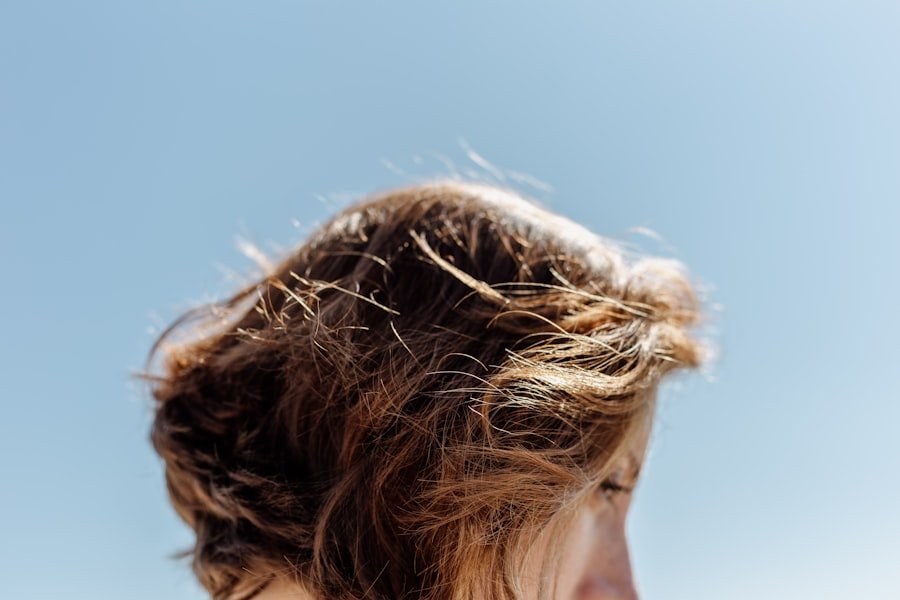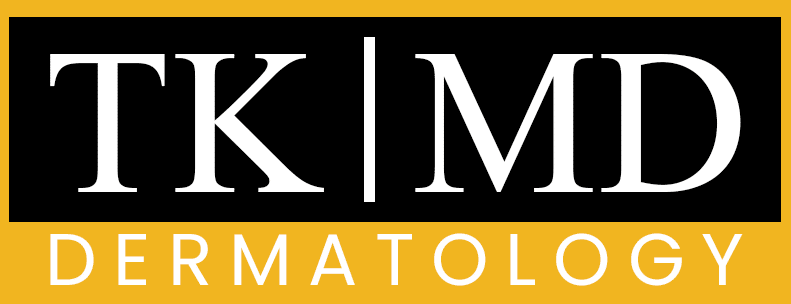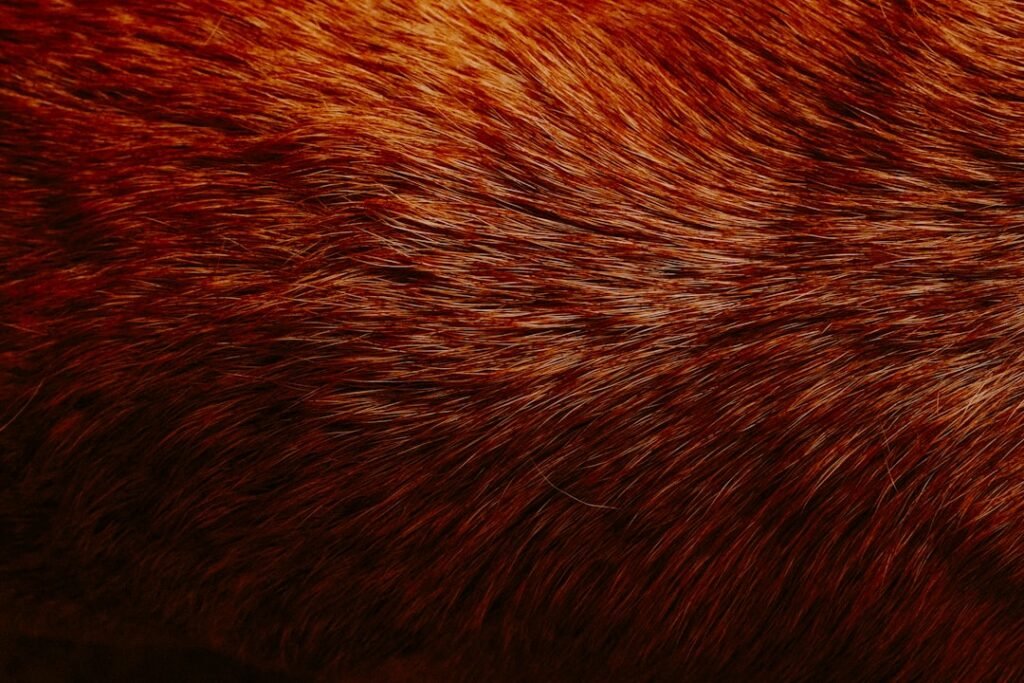Scalp zits, often referred to as scalp acne, are a common yet frequently overlooked skin condition that can cause discomfort and embarrassment. While many people associate acne primarily with the face, back, or shoulders, the scalp is equally susceptible to breakouts. These small, inflamed bumps can appear anywhere on the scalp and may be accompanied by itching or tenderness.
Understanding the nature of scalp zits is essential for effective management and treatment. The scalp is a unique area of the body, characterized by a high density of hair follicles and sebaceous glands. These glands produce sebum, an oily substance that helps to keep the skin moisturized.
However, when these glands become overactive or when hair follicles become clogged, it can lead to the formation of zits.
The presence of scalp zits can be particularly distressing for individuals who are conscious about their appearance, as they can be difficult to conceal and may lead to social anxiety.
Key Takeaways
- Scalp zits are a common condition that can be caused by various factors such as excess oil production, clogged hair follicles, and bacterial infections.
- Symptoms of scalp zits include red, inflamed bumps on the scalp, itching, and tenderness.
- Treatment options for scalp zits include medicated shampoos, topical creams, and oral medications prescribed by a dermatologist.
- Home remedies for scalp zits include using tea tree oil, apple cider vinegar, and aloe vera to reduce inflammation and promote healing.
- Prevention tips for scalp zits include keeping the scalp clean, avoiding harsh hair products, and maintaining a healthy diet and lifestyle.
Causes of Scalp Zits
The causes of scalp zits are multifaceted and can vary from person to person. One of the primary contributors is the overproduction of sebum by the sebaceous glands. This excess oil can mix with dead skin cells and debris, leading to clogged hair follicles.
When these follicles become blocked, they create an environment conducive to bacterial growth, which can result in inflammation and the formation of zits. Hormonal fluctuations are another significant factor in the development of scalp acne. For instance, during puberty, menstruation, or pregnancy, hormonal changes can trigger an increase in sebum production.
Additionally, certain medications, particularly those containing steroids or androgens, can exacerbate this condition. Stress is also known to play a role in hormonal imbalances, further contributing to the likelihood of developing scalp zits.
Symptoms of Scalp Zits

Identifying scalp zits can sometimes be challenging due to their location and the presence of hair. However, there are several key symptoms that can help individuals recognize this condition. The most apparent sign is the appearance of small red or inflamed bumps on the scalp.
These zits may vary in size and can be painful or tender to the touch.
In some cases, they may also be filled with pus, resembling traditional acne lesions.
In addition to visible bumps, individuals may experience itching or discomfort in the affected areas. This irritation can lead to scratching, which may worsen the condition by introducing bacteria and causing further inflammation. Some people may also notice flaking or scaling of the scalp skin surrounding the zits, which can be mistaken for dandruff.
Recognizing these symptoms early on is crucial for effective treatment and management.
Treatment Options for Scalp Zits
| Treatment Option | Description |
|---|---|
| Topical treatments | Over-the-counter or prescription creams and gels containing benzoyl peroxide, salicylic acid, or retinoids. |
| Medicated shampoos | Shampoos containing ingredients like ketoconazole, selenium sulfide, or zinc pyrithione to help reduce scalp zits. |
| Oral medications | Prescription oral antibiotics or isotretinoin for severe cases of scalp zits. |
| Lifestyle changes | Practicing good hygiene, avoiding oily hair products, and managing stress to help prevent scalp zits. |
When it comes to treating scalp zits, a variety of options are available depending on the severity of the condition. Over-the-counter treatments containing salicylic acid or benzoyl peroxide are commonly recommended for mild cases. Salicylic acid works by exfoliating the skin and unclogging pores, while benzoyl peroxide targets bacteria that contribute to acne formation.
These treatments can be found in shampoos or topical solutions specifically designed for scalp use. For more severe cases or persistent outbreaks, a dermatologist may prescribe topical retinoids or antibiotics. Retinoids help to regulate skin cell turnover and prevent clogged pores, while antibiotics can reduce inflammation and bacterial growth.
In some instances, oral medications such as isotretinoin may be considered for individuals with severe cystic acne on the scalp. It is essential to consult with a healthcare professional before starting any treatment regimen to ensure it is appropriate for your specific situation.
Home Remedies for Scalp Zits
In addition to conventional treatments, many individuals seek home remedies to alleviate scalp zits. One popular option is tea tree oil, known for its antibacterial and anti-inflammatory properties. Diluting tea tree oil with a carrier oil and applying it directly to the affected areas can help reduce inflammation and promote healing.
Another effective remedy is apple cider vinegar, which can help balance the scalp’s pH levels and reduce excess oil production when diluted with water and used as a rinse. Aloe vera is another natural remedy that has gained popularity for its soothing properties. Applying pure aloe vera gel directly to the scalp can provide relief from irritation and promote healing due to its anti-inflammatory effects.
Additionally, maintaining a healthy diet rich in vitamins and minerals can support skin health from within. Foods high in omega-3 fatty acids, antioxidants, and vitamins A and E may help reduce inflammation and improve overall skin condition.
Prevention Tips for Scalp Zits

Preventing scalp zits involves adopting a proactive approach to scalp care and hygiene. Regularly washing the hair with a gentle shampoo can help remove excess oil and prevent clogged follicles. It is advisable to choose shampoos that are free from harsh chemicals and sulfates, as these can irritate the scalp and exacerbate acne issues.
Additionally, individuals should avoid using heavy styling products that can build up on the scalp and contribute to breakouts. Another important aspect of prevention is maintaining a balanced diet and staying hydrated. Consuming foods rich in antioxidants, such as fruits and vegetables, can support skin health and reduce inflammation.
Staying hydrated helps maintain optimal skin moisture levels, which can prevent excessive oil production. Furthermore, managing stress through relaxation techniques such as yoga or meditation can help regulate hormonal fluctuations that contribute to acne development.
When to See a Doctor for Scalp Zits
While many cases of scalp zits can be managed at home or with over-the-counter treatments, there are instances when it is crucial to seek professional medical advice. If scalp zits persist despite consistent treatment efforts or if they worsen over time, it may indicate an underlying issue that requires attention from a dermatologist. Additionally, if the zits are accompanied by severe pain, swelling, or signs of infection such as pus or fever, immediate medical evaluation is warranted.
Individuals who experience frequent outbreaks of scalp zits may also benefit from consulting a healthcare professional for personalized treatment options. A dermatologist can provide insights into potential triggers specific to an individual’s lifestyle or health status and recommend tailored therapies that address both symptoms and underlying causes.
Conclusion and Summary
Scalp zits are a common yet often misunderstood condition that can affect individuals of all ages. Understanding their causes, symptoms, and treatment options is essential for effective management. By adopting preventive measures and exploring both conventional treatments and home remedies, individuals can take control of their scalp health.
However, it is equally important to recognize when professional medical advice is necessary to ensure optimal care and address any underlying issues contributing to this condition. With proper attention and care, individuals can achieve healthier scalps free from the discomfort of zits.
If you are experiencing zits on your scalp, it may be a sign of a skin infection. According to Trisha Khanna MD, skin infections can manifest in various ways, including pimples on the scalp. It is important to seek medical attention to properly diagnose and treat the underlying cause of these zits.
FAQs
What are zits on the scalp?
Zits on the scalp are small, red, inflamed bumps that can occur due to clogged hair follicles or an overproduction of oil on the scalp.
What causes zits on the scalp?
Zits on the scalp can be caused by a variety of factors, including poor hygiene, excessive oil production, hormonal changes, stress, and certain hair products.
How can zits on the scalp be treated?
Treatment for zits on the scalp may include using medicated shampoos, avoiding certain hair products, practicing good hygiene, and in some cases, seeking medical advice from a dermatologist.
Are zits on the scalp contagious?
Zits on the scalp are not contagious and cannot be spread from person to person.
When should I see a doctor about zits on my scalp?
If zits on the scalp are persistent, painful, or accompanied by other symptoms such as fever or swelling, it is advisable to seek medical advice from a dermatologist.


